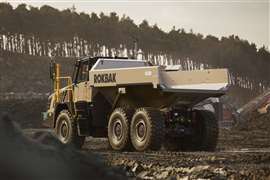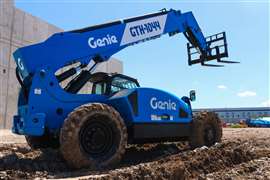Read this article in Français Deutsch Italiano Português Español
US construction safety in limbo as Trump admin shutters federal agency
Premium Content
07 May 2025
STAY CONNECTED


Receive the information you need when you need it through our world-leading magazines, newsletters and daily briefings.
Longer reads
CONNECT WITH THE TEAM


Neil Gerrard
Senior Editor, Editorial, UK - Wadhurst
Tel: +44 (0) 7355 092 771
E-mail: [email protected]








